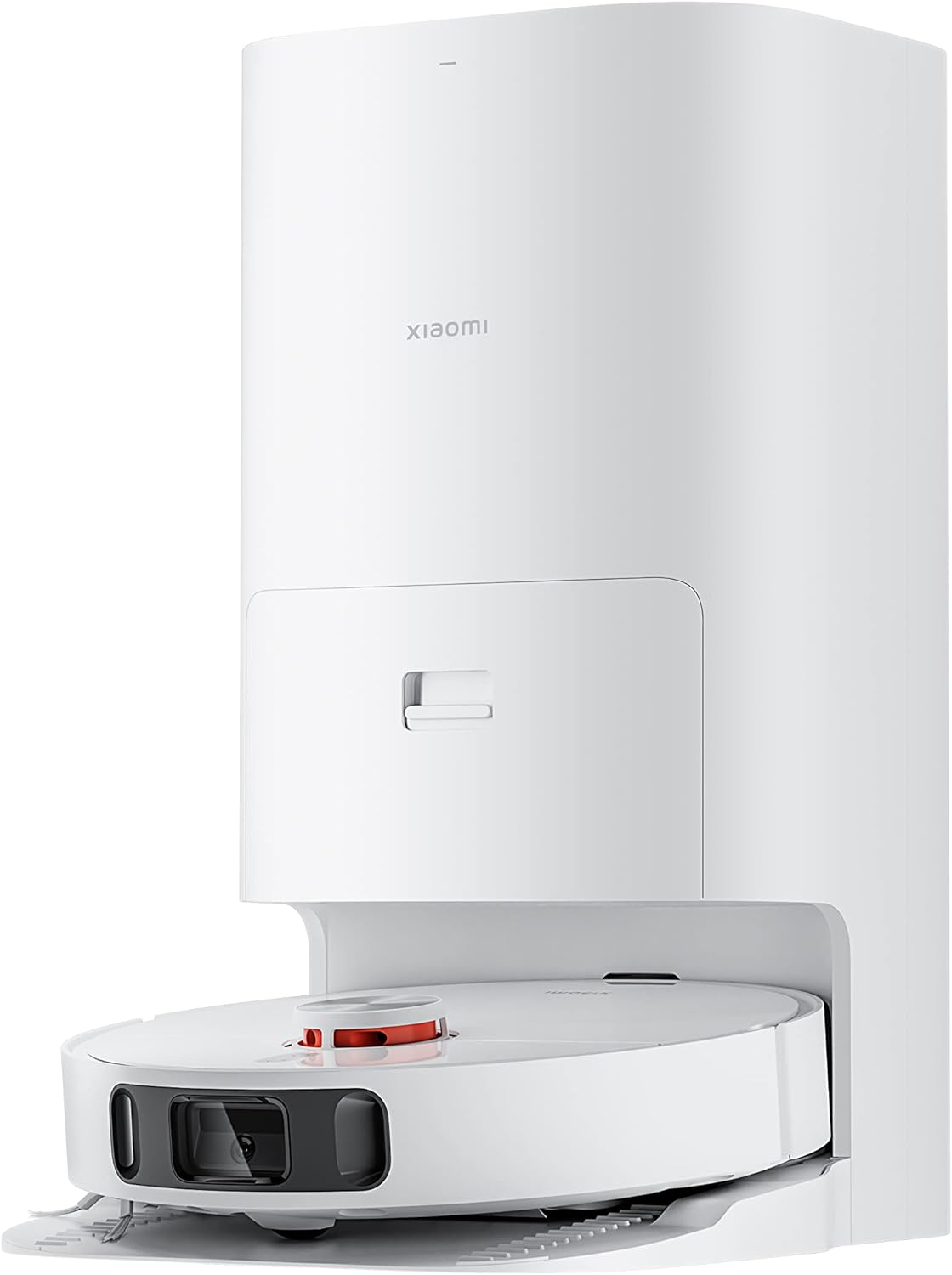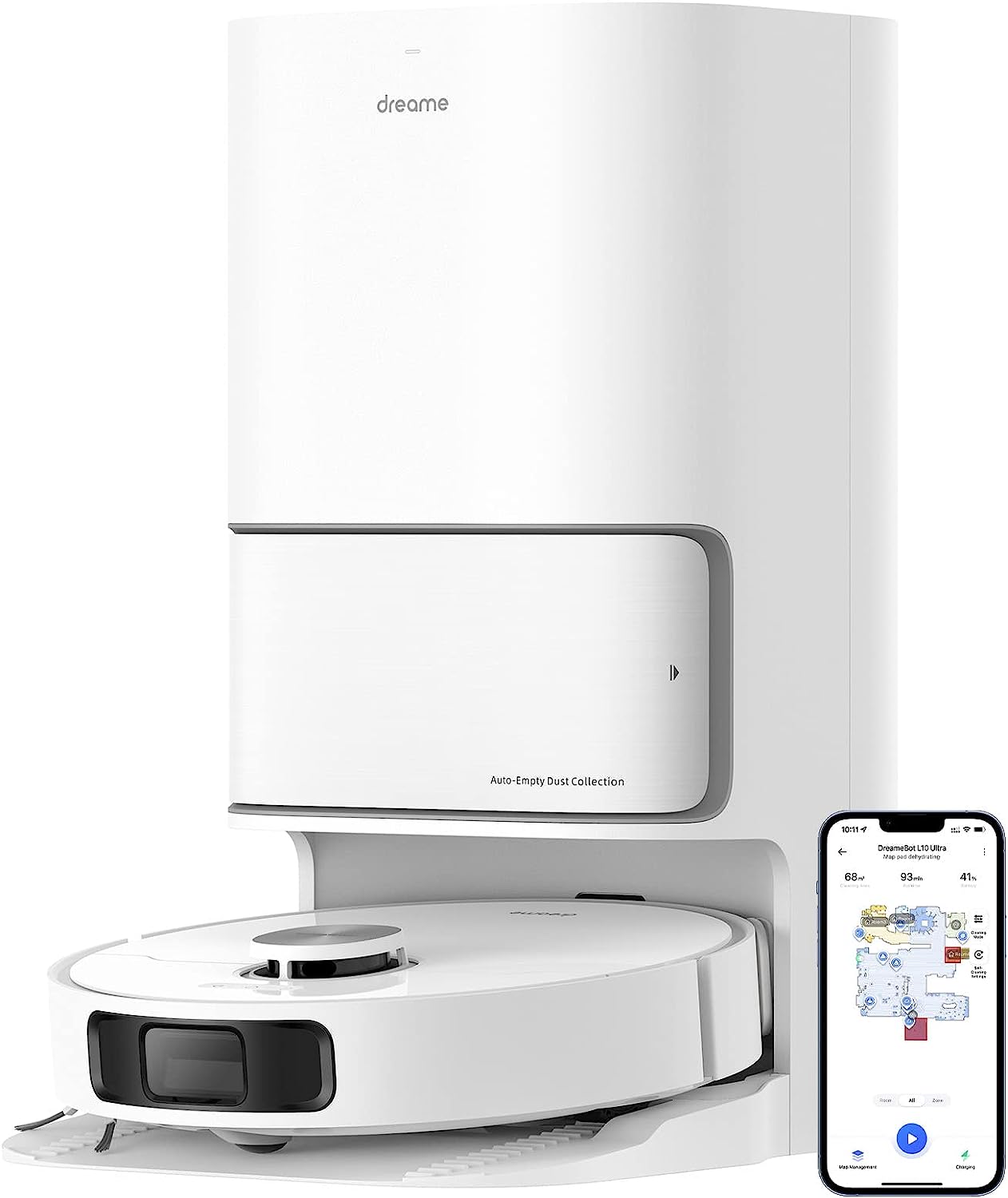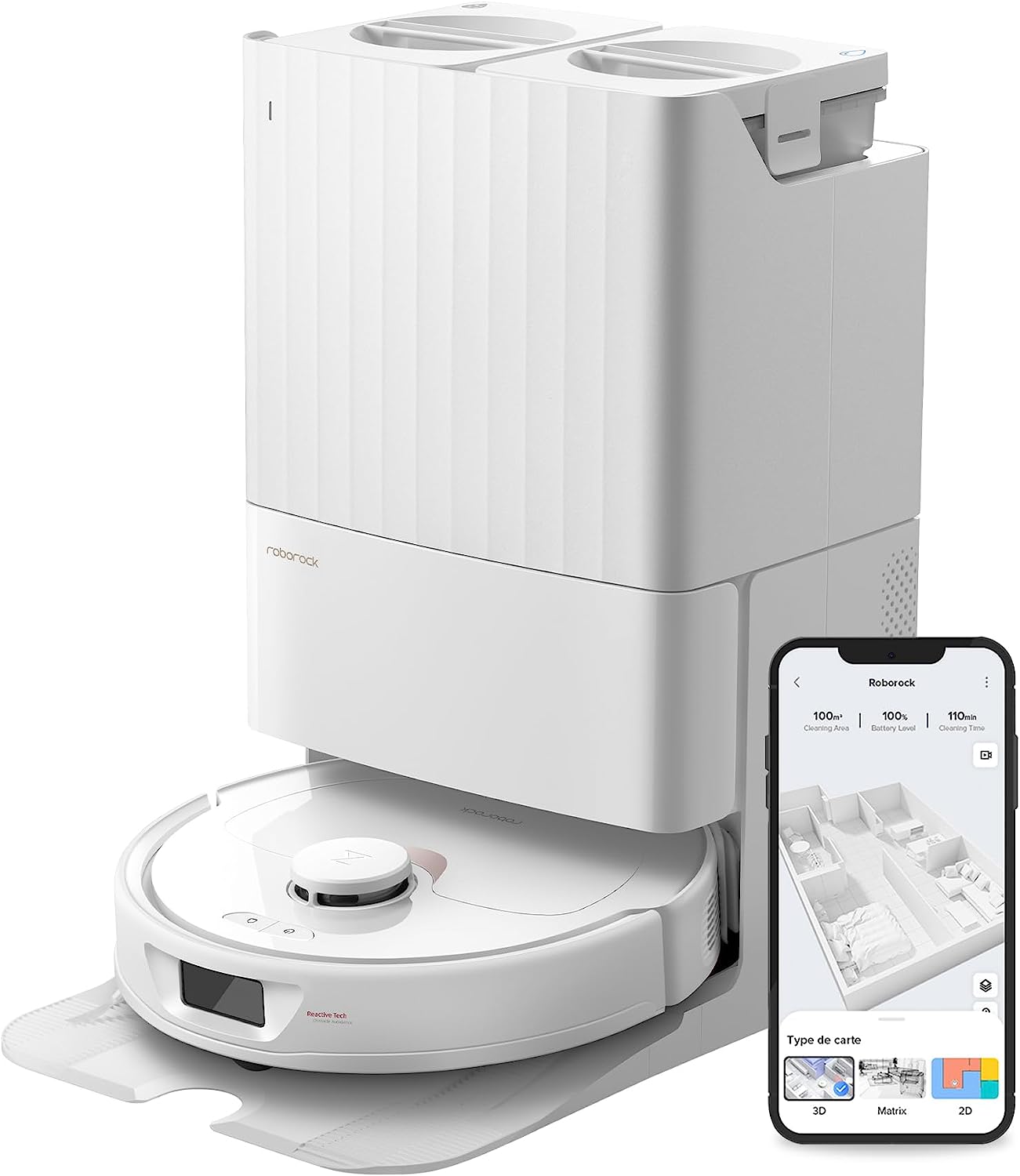Let’s be real—most of us didn’t grow up dreaming about robotic vacuums. But somewhere between too many hours lost to sweeping and the allure of a spotless floor without lifting a finger, we got curious. And now? Now we’re knee-deep comparing the Xiaomi X10+, Dreame L10 Ultra, and Roborock Q Revo like it’s the most important decision of the year.
And maybe it is. Because these aren’t just vacuums anymore. They map, mop, recharge, empty themselves, and sometimes even recognize your socks. They’ve become tiny floor butlers. And if you’re about to drop some serious money on one of them, you want the one that gives the best daily experience—not just the longest spec list.
Let’s unpack the good, the weird, and the things no one tells you until your robot crashes into a table leg at 2 a.m.
Same face, different bases: design and docking stations
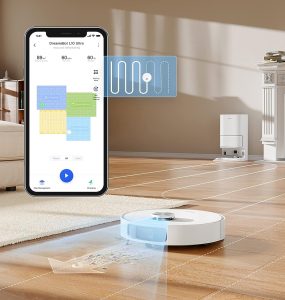
At first glance, it’s like looking at triplets. All three robots share the same white, minimalist shell, that smooth plastic dome with subtle branding that doesn’t shout for attention. They’re designed to blend in—not decorate—and in that, they succeed.
But move down to the docks, and that’s where things get spicy.
The Roborock Q Revo plays it modest. Its base handles automatic dustbin emptying and mop pad drying, but that’s about it. It won’t refill your water tank or scrub its own mop pads.
Now contrast that with the Xiaomi X10+ and the Dreame L10 Ultra, which both feel like little cleaning stations from the future. They empty the dustbin, wash and dry the mop pads with warm air, and even refill the robot’s water tank. You don’t need to touch a thing for days.
So if you’re looking to avoid daily maintenance, the X10+ and L10 Ultra are clearly a step ahead. The Q Revo is good—but the other two go full concierge service.
Suction power: who vacuums best?
This is where numbers start to matter. The Xiaomi X10+ caps at 4000 Pascals, which sounds fine until you look over at its cousins flexing their extra muscle.
The Dreame L10 Ultra hits 5300 Pa. And the Roborock Q Revo? A hefty 5500 Pa. That’s enough to lift debris from carpet fibers and pick up the kind of sand, hair, and crumbs that usually linger behind even after two passes.
We tested all three on a mix of floors—and while the difference wasn’t dramatic on hardwood, it was obvious on rugs and in high-traffic corners. The Q Revo and L10 Ultra suck harder. Period. They just leave less behind.
All three let you adjust suction in four levels, so you don’t have to blast max mode all the time. But if your home deals with pets, carpet, or kids… you’ll feel the edge of the Revo and L10 Ultra pretty fast.
Mop game: scrubbing is the new dragging
Mopping is no longer just dragging a wet cloth around. All three bots come with dual-rotating mop pads that scrub with pressure, and we’ve got to admit, it’s kind of mesmerizing to watch.
The Xiaomi X10+, Dreame L10 Ultra, and Roborock Q Revo all use this system—two pads spinning in sync to tackle dried juice spots, paw prints, and mystery spills. And yes, they all return to base to clean those pads afterward.
The difference? Mostly in automation speed and noise. We noticed the Dreame L10 Ultra cleaned and dried its pads slightly faster. The X10+ was the quietest during mop drying. The Q Revo got the job done—but its base doesn’t wash the pads, only dries them.
So: They all mop well, but only the X10+ and L10 Ultra fully clean up after themselves. That matters when you’re mopping often, especially in kitchens or entryways.
Battery life: who keeps going?
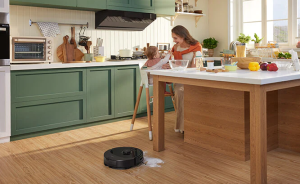
You’d think this wouldn’t matter with recharge-and-resume built in, but there’s something reassuring about knowing your robot can clean the whole house in one go.
The Xiaomi X10+ lasts up to 120 minutes. The Q Revo manages 180. The Dreame L10 Ultra tops out at a whopping 210 minutes.
For big homes or messy zones, that extra runtime means fewer interruptions. The L10 Ultra ran through a three-bedroom floor without blinking. The X10+ had to recharge midway, which isn’t a tragedy—but it does delay the job.
If you want it done in one pass, Dreame is the stamina king.
Navigation: dodging socks, toys, and cables
All three use LDS (laser distance sensors) to scan and map your home, and they’re accurate. We didn’t see any dumb zig-zag patterns here—every move is calculated.
But here’s where the Xiaomi X10+ and Roborock Q Revo step up: they have visual object recognition. That means they “see” small stuff on the floor and steer clear—socks, charging cables, LEGO bricks, even pet poop.
The Dreame L10 Ultra? Not so much. It sees your home as shapes and lines. It navigates well, but if your toddler left a slipper in the hallway, it might nudge it or worse, mop right over it.
We’ve seen the Q Revo stop just short of tangled cords and politely reroute. That level of visual awareness saves cleanup frustration—and prevents accidents.
App experience and voice control
This one’s easier: all three work with voice assistants like Alexa, Google Home, and Siri. All let you start cleaning, stop it, or send them back to the dock with a simple command.
Where the differences show is in the apps.
Roborock and Xiaomi offer more advanced customization, like cleaning suggestions based on past activity, dynamic room maps, and better multi-floor management. The Dreame app? It’s clean and functional, but slightly more basic. You’ll find fewer smart recommendations or insights over time.
All of them support no-go zones, room labeling, and custom schedules, though. So you’re not losing out entirely—just some polish on the user experience.
Maintenance: how hands-off do you want to be?

Here’s the big question: how much do you want to think about your vacuum?
The X10+ and L10 Ultra do it all: empty dust, refill water, wash and dry mops. You fill the tank, maybe change a bag every few weeks, and that’s it.
The Q Revo? Still great, but not all the way there. It dries the mop pads and empties the dust, but it won’t wash the pads or refill the water tank. So you’ll step in more often to keep it fully functional.
That might sound minor, but over time, those little chores add up. If your goal is complete cleaning invisibility, Xiaomi and Dreame have the edge.
So… who takes the crown?
If we’re being honest, we didn’t expect it to be this close. Each robot has a real personality, and it kind of depends on you more than them.
The Xiaomi X10+ is for those who want full hands-free operation. Its base is a dream, its mopping system is excellent, and the visual recognition is a bonus. But the lower suction and shorter battery hold it back slightly.
The Dreame L10 Ultra is the powerhouse. It vacuums with force, lasts forever, and has a great auto-maintenance system. But it fumbles when your floor isn’t clean before the cleaning. No obstacle recognition means it’s a bit of a bulldozer.
And the Roborock Q Revo? It strikes the perfect balance. Great suction, long battery, smart obstacle detection, and just enough automation to make life easier without becoming too fussy. The only downside is the base doesn’t fully clean the mops or refill water—but honestly, it nails everything else.
If we had to choose just one for a real home, with pets, kids, shoes in the hallway, and dinner spills in the kitchen? We’d grab the Q Revo.
Because power matters. Navigation matters. But not getting involved every time it cleans? That’s priceless.

